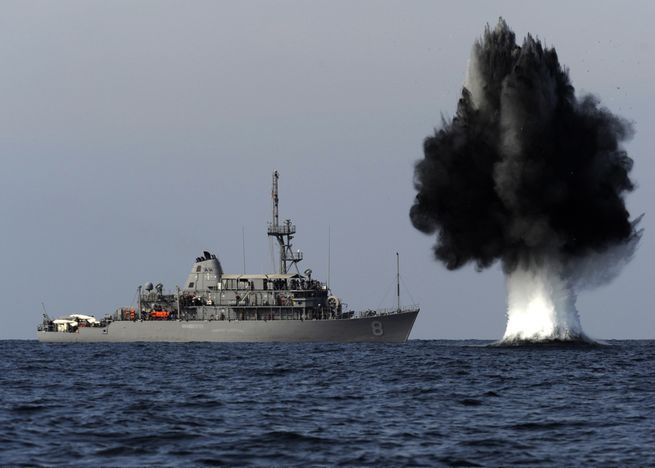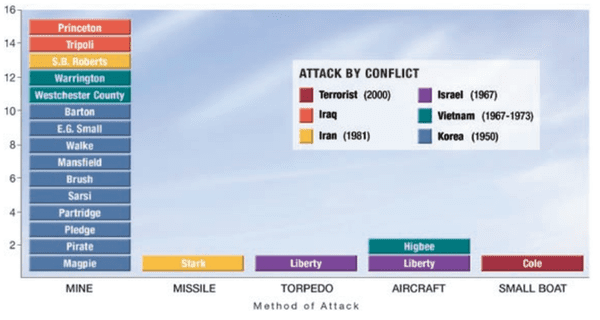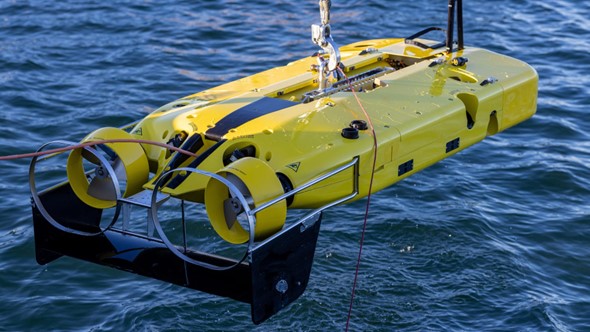Deployable Mine Countermeasures
Combating the Ultimate Asymmetric Warfare Weapon
Mines are the ultimate asymmetric warfare weapon in naval operations. Whether buried, tethered, concealed, or drifting they have the ability to deny access to a choke point, harbour, amphibious landing site, or even to deep water passages. They are very effective anti- access/area-denial (A2/AD) weapons.
The Royal Australian Navy operates Huon Minehunter Coastal (MHC) Ships, arguable still amongst the most advanced of their type in the world. These ships are specially engineered to minimise the risk to personal in the event of a mine detonation. Ultimately, getting the “mine out of the minefield”, that is, mine neutralisation or disposal is the unique capability that these ships provide.
BlueZone CEO, Neil Hodges commented, “Huon Class MCMVs are purpose built to safely search, classify, identify and neutralise mines. At this time autonomous systems alone are not able to achieve what a Huon Class MCMV with its Double Eagle ROVs is able to. The RANs decision to keep and extend the life of the Huon Class MCMV is to be commended.”
“Navy has to make a decision about the future which will take time. This means that the remaining MHCs have to be kept going to avoid a capability gap. The MHC obsolescence issues will need to be worked through until Navy get their next fully functional mine countermeasures system.”
“Maritime Unmanned Systems are coming. However, they must be deployed from a ship of some type and to assume that the boundaries of the minefield can be conveniently “known” is wishful and dangerous thinking. Considering upgrade of the Huon Class Minehunter, which in my mind would include unmanned underwater vehicles, to meet future mine warfare threats should be an active concern of naval staff.”
Read More:
 |
| A charge detonates about a 1500m from USS Scout (MCM-8) in the Straits of Hormuz in 2010. US Navy Photo. MCM ship design characteristics such GRP-construction and single skin solid hulls provide high underwater shock resistance and minimise risk to personnel. |
 |
| Naval Sea Systems Command chart on ships damaged by mines. The majority of the damaged vessels believed that they were outside the minefield. |




